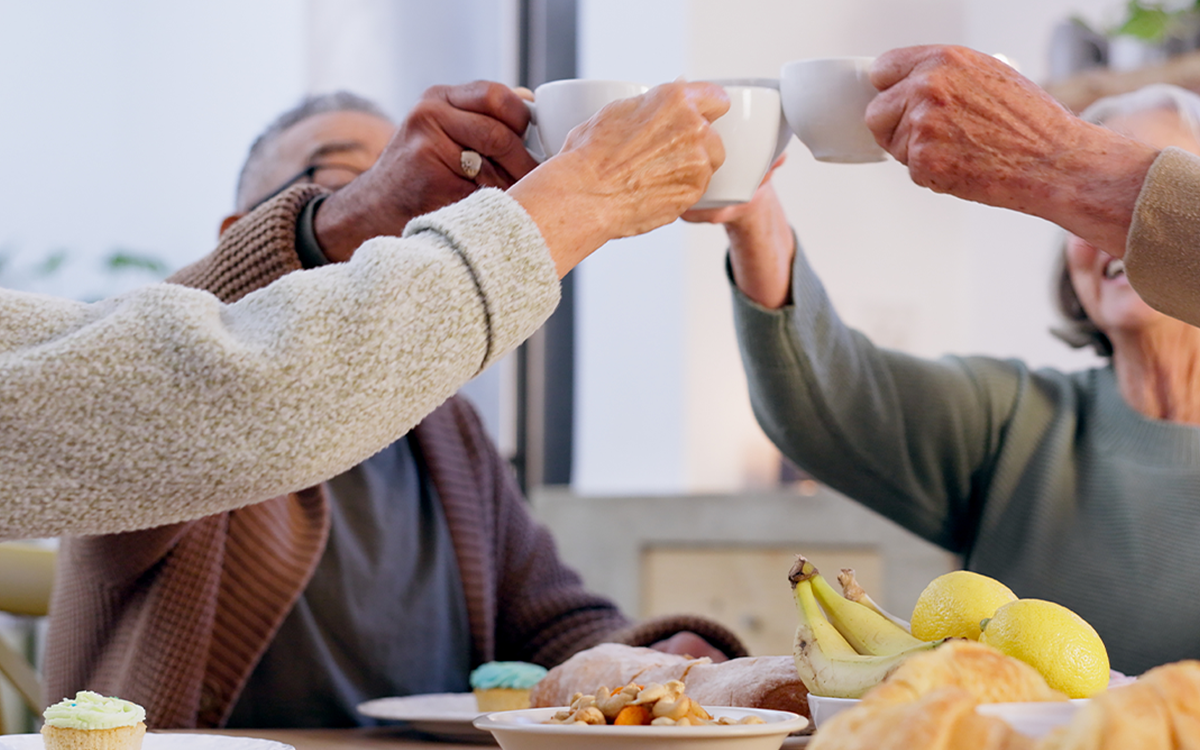The garden is a natural place to heal, from window boxes to vast backyards to planters inside and out, the shape and size do not matter. It is the planning, planting, and tending of a garden that immediately soothes the soul by distracting the mind into a meditative state. This connection to the natural world can manifest differently for everyone, whether it’s a walk along the ocean or a hike in the mountains, but gardening is the most obvious and widespread method of natural healing. Often with flowering, and sometimes nourishing, bonus side effects.
How Does Gardening Offer Nature’s Healing Powers?
It’s a lot more “scientific” than one might think. And by scientific, we mean direct and immediate results when you put on those gardening gloves and dig in the dirt a little.
YOU CAN:
Be yourself. A garden is a place you can drop your defences, just do you, and be rooted in a totally honest practice. If a plant doesn’t like something—like the earth it’s in or it’s not getting enough sunlight, it’ll tell you!
Be in the moment. Gardening is a whole-body endeavour. You have to slow down and do one thing at a time. This meditative practice is wonderful for clearing the mind, getting out of your own head, and being totally immersed in the now.
Find connection. With yourself and how you do things, with the plants you tend to, and sometimes with the past as the smells and rituals of plants and planting harken back to shared times with family and friends. Gardening is also a fundamental way to connect with the life force that powers every living thing.
Be open to change. Plants flourish or die, grow better in some places than in others; going with this flow methodically helps us transpose that acceptance into real life situations where change is inevitable and we need to have the tools within us to adapt.
Understand death. Plants die. Even perennials, who come back the following year and we must tend to their needs in the meantime. This seasonal cycle, like with change, helps us to understand and accept that everything created also dies and it’s okay; the process helps make space and fertilizes the soil for the next generation of plants.
A Senior’s Guide to Successful Spring Gardening
Before gardening can benefit your well-being, it’s time to plan things out.
- Start by planning your vegetable and/or flower garden. Which plants bring you joy? And remember: less is more, always follow the seed package instructions for best results, and consider companion planting for optimal growth through mutual benefits.
- Next, choose a good location with plenty of sunlight, an accessible water source, and nutrient-rich, well-drained soil. This may mean raised gardening beds or boxes, which are also a great option for those with mobility challenges.
- Ensure you have all the essentials before digging in:
– Hand trowel
– Pruning shears
– Garden hoe
– Watering vessel or hose
– Gloves - Then tend with care. Set yourself a watering schedule on the calendar and weed regularly. Your plants—as well as your mind-spirit health—will thank you.
No garden space? No problem.
Tips For a Successful Indoor Garden
Honestly, your best and #1 tip for keeping plants alive indoors is natural lighting! Before you go load up on plants, pay attention to the places in your home that get the most amount of light. Also be mindful of where there are vents. Basically: check for drafts from vents and windows as well, to avoid those places if possible.
Indoor gardening also offers the bonus health benefit of giving off healthy oxygen and purifying your home’s air! Some plants are better for this than others, so check with your local garden centre for the ones that will work best. We’ve found that Sansevieria (Snake Plants), Ferns, Ficus, and Chrysanthemums are just a few that will do the trick.
Choose pots and planters that suit your style! If you like looking at the plant, you’ll have to like looking at the pot, too. What your plant lives in is just as important in terms of style, size, and material, so choose wisely. We like groupings based on colour, mixing up textures, and varying the size. Putting several pots together will ensure your plants benefit from companion planting, as well.
Once you know where you’re working and what you’re planting, the fun begins! Slide on those gardening gloves and don’t be afraid to get a little dirty. It’s all part of the healing process.




